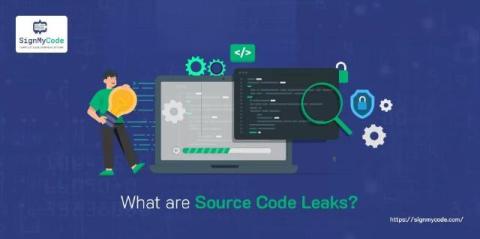The Key Benefits of SOC 2 Compliance
You can secure high-ticket enterprise deals and build customer trust faster than you think - all while safeguarding your business from costly data breaches. We've helped countless SaaS, finance, and healthcare startups achieve SOC 2 compliance and unlock new growth opportunities in record time. If you're a fast-growing company handling sensitive customer data, this is for you. You're missing out on major deals because your security standards aren't aligned with what big clients expect.











